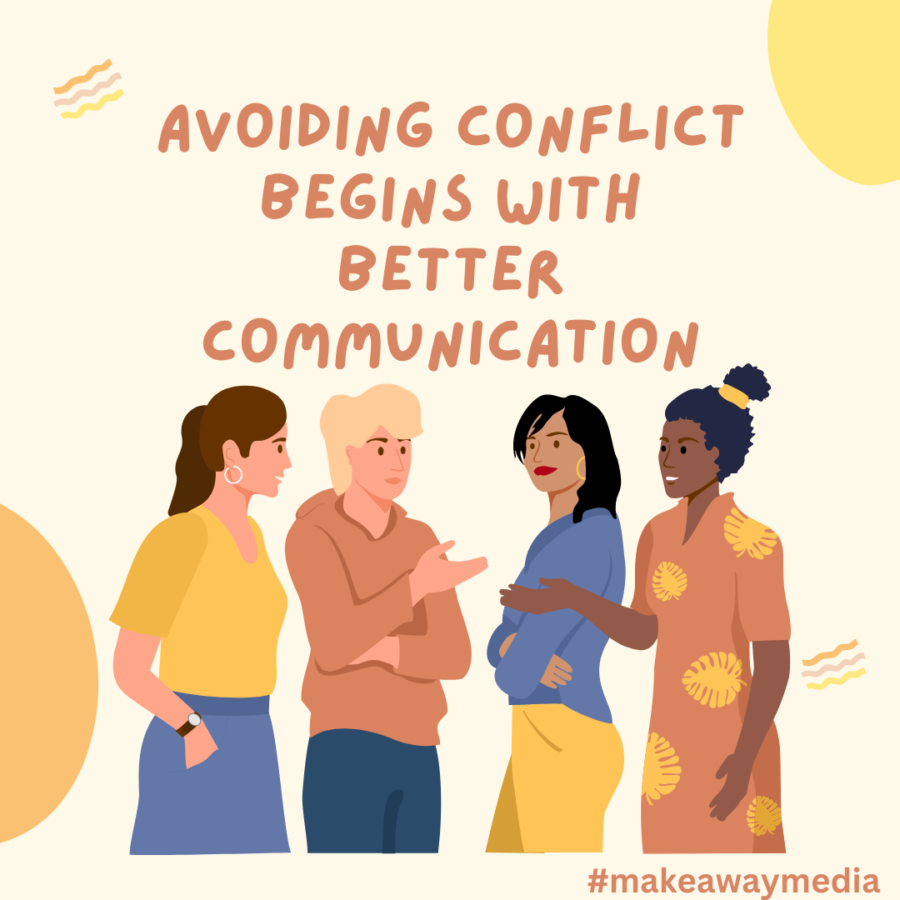Why has Goldilocks been on our mind lately? I don’t know… we are a diverse books site after all. However, there are pieces of this story we can use because they are so well known. And part of the reason they are so well known is because they resonate so loudly with us as a culture. We can all learn something from Goldilocks and the three bears. Last month we talked about the importance of communicating like Goldilocks in a way that is “just right”. Or, Like Rainwater, as my mother would say.
This month we are talking about clear communication. At the heart of almost every story known to the world is conflict rooted in a lack of clear communication. Think of the novels and tales you’ve read or listened to throughout your life: they all involved a conflict of some type and often miscommunication (or a total lack thereof) was part of it. Think of “Goldilocks and the Three Bears.” The conflict: she wanted comfort of various kinds (food, sleep, rest) and didn’t communicate that need to the bears. She just took it. Had she knocked on the door and communicated her need, perhaps the story would have looked very different, and Baby Bear wouldn’t have been so upset.

What we communicate or fail to communicate can, like Goldilocks, lead to conflict with those around us so we need to really think about what we’re communicating and how we’re doing it.
By leaving a dirty dish in the sink instead of putting it in the dishwasher, are we communicating that we don’t value our spouse’s time (I don’t have time to deal with this cup, but you do.) If we don’t make eye contact with our children and instead focus on our phones when they try to talk to us, are we communicating that whatever is on our phone is more important to us than they are? If we don’t speak to someone who has experienced a loss, are we conveying that we don’t care?
In our words and deeds, we are communicating all the time, but we may not always be totally aware of how this communication is being perceived. We may feel blindsided when our loved ones complain, or a conflict develops. It is during these times that we need to ask, “What does me doing or saying ‘x’ communicate to you?”
Most of us think of talking when we hear the word communication, but listening is a huge component of the communication process. When there is conflict and we ask the question above, it is essential that we engage in focused listening so we can understand what our communication is actually saying to the people we have relationships with.

